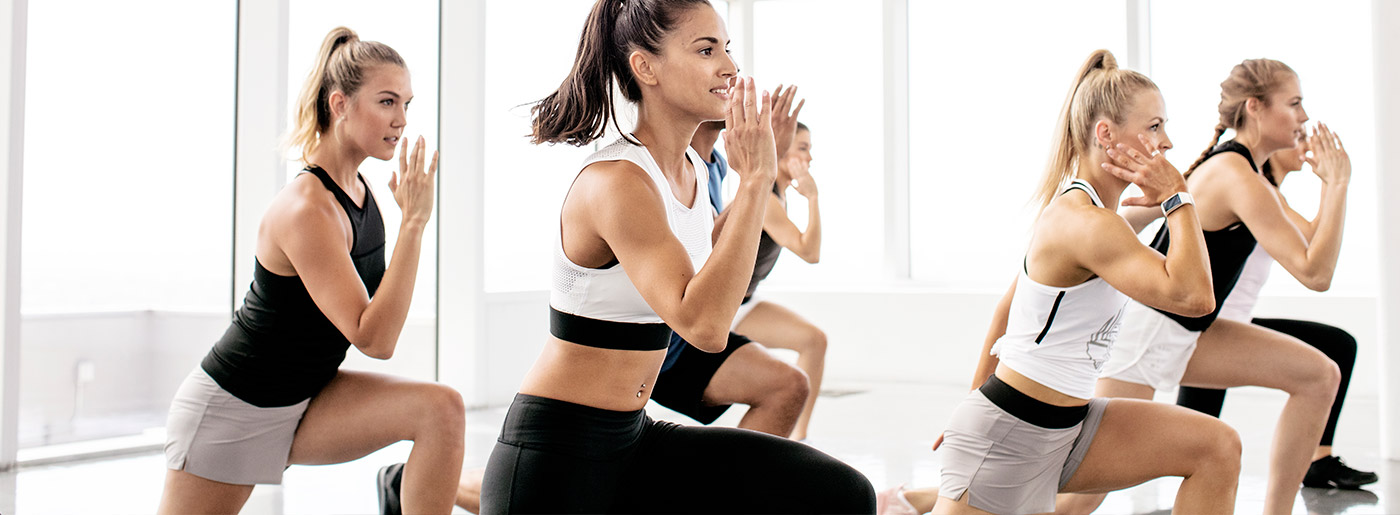While during workouts, our goal is often to pick the heart rate up and keep it fast, the opposite is true for when we are done: we want the heart to settle at a comfortable, slow pace. Resting heart rate matters, and luckily there are things we can do to decrease the heart’s workload.
Chances are your resting heart rate is at least twice as high as Indurain’s.
Miguel Indurain, the five-time Tour De France -winning cyclist, was reported to have a resting heart rate (RHR) of 28 beats per minute. To put that in perspective, sit or lay down, get comfortable, put your middle and index finger on your wrist, and measure your own resting heart rate.
A lower resting heart rate is healthy
The resting heart rate for an adult typically varies between 60 and 100 beats per minute.
With an average life expectancy of 75 and 85 years in most of the Western world countries, quick math reveals that the ticker should expect to be contracting anywhere between 2,365,200,000 and 4,467,600,000 times.
Even without counting the zeros, it’s plain to see that’s a lot of work for one muscle. An athlete’s heart, on the other hand, is bigger and stronger than the average Joe’s and, therefore, needs far fewer beats to do its job.
That is a huge difference, and it comes with notable consequences.
Indurains of the world aside, a well-trained athlete’s resting heart rate can fall as low as below 40 beats per minute. If the athlete’s life span is the same as that of someone whose heart works 100 times a minute, the athlete’s heart would only need to take on around 40 % of the workload of the less trained heart.
The most significant health benefit of a low RHR is a substantially decreased risk of heart disease and cardiac events, like heart attacks. The potential immediate downsides of a fast-beating heart are low energy levels, chest pain or discomfort, reduced blood circulation, and chest pain or discomfort.
The experts say: Do more cardio!
The good news is that there are some easy steps anyone can take to calm the heart down. One of the most effective ways is to practice relaxation, deep breathing techniques and meditation. Many find it helpful to go for a walk in the nature or do mindful workouts. A warm shower or bath can also provide prompt assistance.
Sorry, wine-drinkers, but alcohol has the same dehydrating effect on the body as coffee.
Coffee-lovers should take note that stimulants like caffeine can cause dehydration, which in turn makes the heart work harder to stabilize the blood flow. Also alcohol delivers toxins into the body, making the heart work harder to process and remove them.
If you’re looking for a way to lower your RHR in an effective and more permanent way, the experts’ advice is unanimous: do more cardio.
While strength training, too, makes the heart stronger, it is cardiovascular exercise which, over time, increases the heart’s efficiency to regulate blood flow and distribute the oxygen which our bodies need for their systems.
Studies have found that if an aerobic exercise is performed for a long time, it will affect the parasympathetic nerve, thus increasing stroke volume and lowering the resting heart rate.
The evidence suggests: Intervals rock!
But how high does the heart rate need to go and for how long do you need to keep it up? There is some evidence to support the superiority of interval training as a tool for permanently lowering the RHR. In practice, this means alternating intensive workouts with either easier ones or with periods of rest.
Indoors this could mean plyometric exercises or a workout that mixes high-cardio exercises like high-knee jogging, jumping jacks, or tuck jumps with, for example, bodyweight strength training moves like push-ups or sit-ups.
Wearing a heart rate monitor can be helpful and serve as an unbiased friend that tells you if you indeed are pushing yourself enough in the cardio and whether the strength moves are sufficient for dropping the beats.
Interval training does not necessarily need to take place indoors. A great way to get fresh air as well as some serious heart-healthy exercise is to hop on a bicycle or hit the trails. If you’re serious about shooting for the heart rate peaks, don’t walk up the hills – sprint to the top! If you feel like you could build some more strength, try these plyometric exercises to tackle hill running.
What if interval training just isn’t your thing?
If interval training just isn’t your thing, good old cardio sessions on a bike, elliptical or stepper are just fine. Get situated on your cardio machine of choice, turn up the volume of your favorite workout playlist, crank up the resistance, and get going! Aim for at least thirty minutes, don’t feel like you have to stop at sixty, and don’t be disappointed if you only make it to fifteen.
Whatever exercise it is that you do, you are actively making your heart a whole lot happier and healthier.
If you liked this post, don’t forget to share so that others can find it, too.
Or give it a thumbs up!
I like this article
Please note that the information provided in the Polar Blog articles cannot replace individual advice from health professionals. Please consult your physician before starting a new fitness program.





